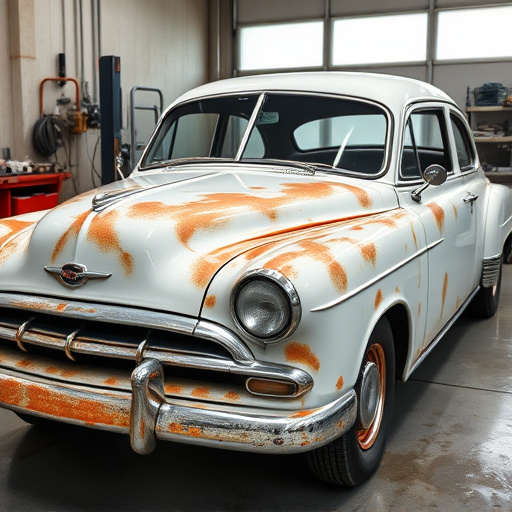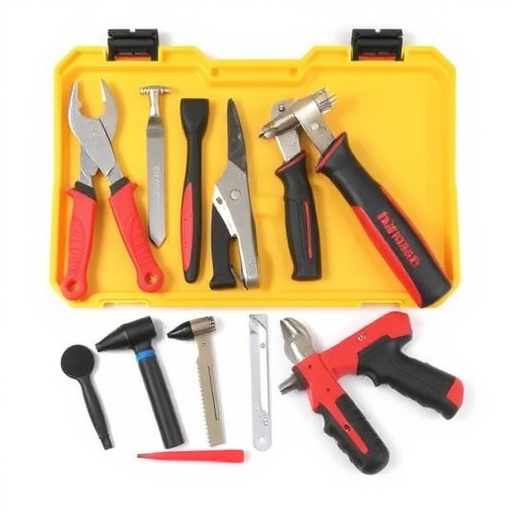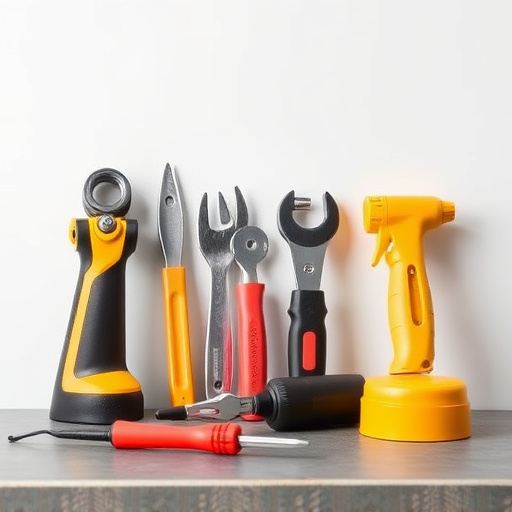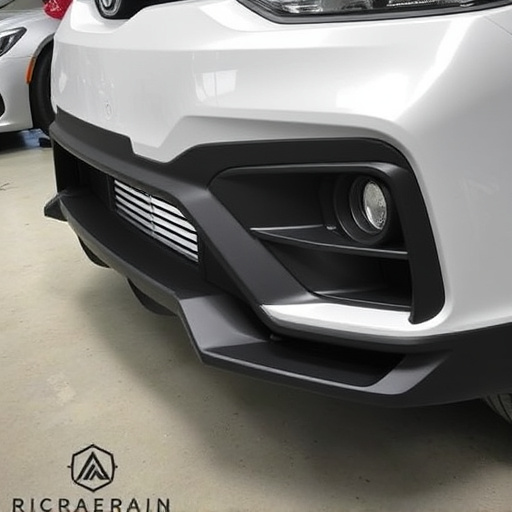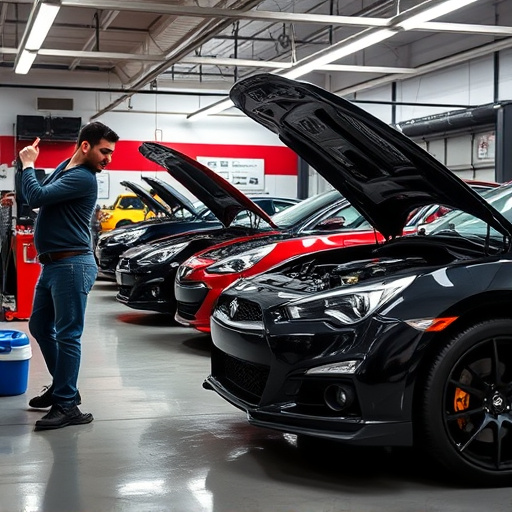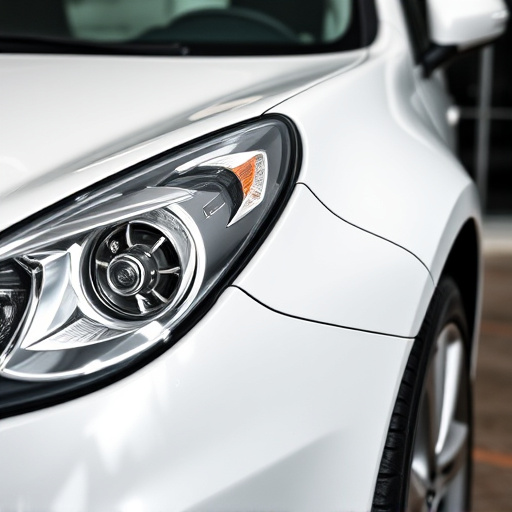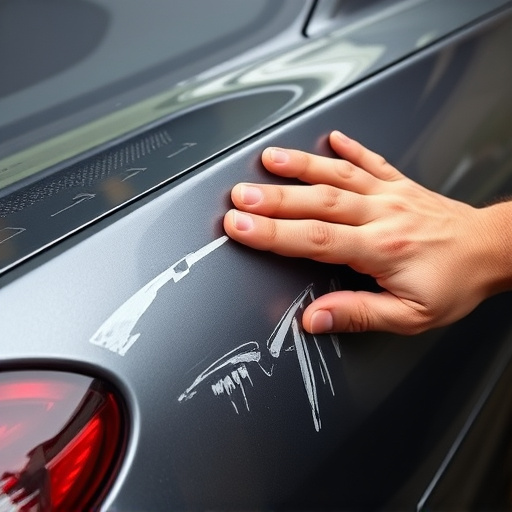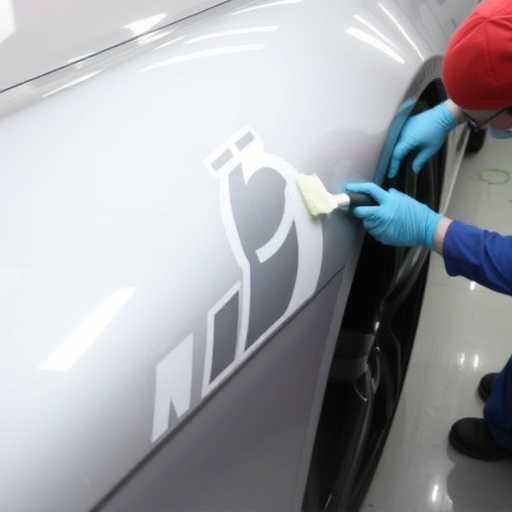Mercedes employs advanced factory welding methods through automated assembly lines integrating material feeding, arc welding, spot welding, and riveting to minimize human error, ensuring structural integrity, reliability, and safety in vehicles. These techniques also enhance collision repair, preserving both structure and aesthetics. Mercedes' commitment to precision and quality is reflected in state-of-the-art facilities using robots and advanced laser welding systems, with a focus on minimizing paint damage through methods like paintless dent repair.
Mercedes-Benz, renowned for its luxury and innovation, employs sophisticated welding methods that underpin the construction of its vehicles. This article delves into the automated assembly line protocols that drive efficient and precise welding for Mercedes cars. From advanced techniques ensuring superior quality to specialized equipment pushing industry boundaries, we explore how Mercedes factory welding methods set new standards in automotive manufacturing.
- Automated Line: Efficient Welding for Mercedes Vehicles
- Precision Techniques: Ensuring Quality in Factory Settings
- Specialized Equipment: Mercedes' Welding Innovation Secrets
Automated Line: Efficient Welding for Mercedes Vehicles
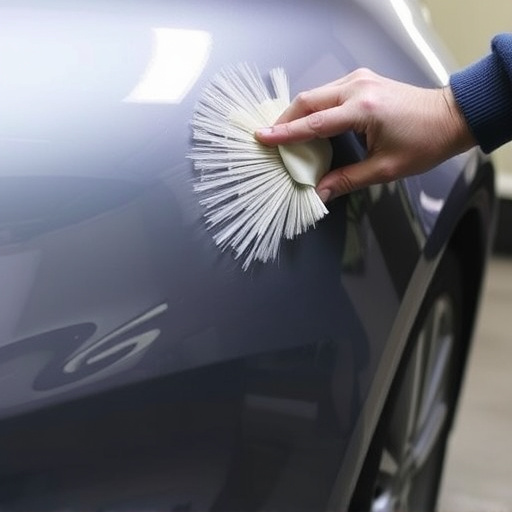
Mercedes vehicles are renowned for their precision engineering and top-tier quality, a standard set by the brand’s stringent manufacturing processes. At the heart of this excellence lies the implementation of automated assembly line protocols, which extend to Mercedes factory welding methods. These advanced systems ensure consistent, efficient, and high-quality welds across every vehicle produced.
The automated line facilitates seamless integration of various stages in the welding process, from material feeding to arc welding and post-welding treatments like spot welding and riveting. This streamlined approach minimizes human error, maximizing consistency while enabling faster production times. Consequently, Mercedes can maintain its reputation for reliability and safety, even as it meets the escalating demand for modern automobiles. Moreover, this method also plays a crucial role in collision repair and autobody repairs, ensuring that each replacement part seamlessly fuses with the existing vehicle structure, preserving both structural integrity and aesthetic appeal.
Precision Techniques: Ensuring Quality in Factory Settings

In the realm of Mercedes factory welding methods, precision techniques play a pivotal role in upholding the brand’s reputation for quality and craftsmanship. Automated assembly line protocols incorporate sophisticated technologies like robotic arms and advanced laser welding systems to ensure consistent, precise, and high-quality welds. These innovations allow for minimal human error, resulting in seamless joints that meet stringent safety and performance standards.
The integration of precision techniques goes beyond mere automation. Skilled technicians remain integral to the process, meticulously overseeing each stage to detect and rectify any anomalies. This blend of technology and expertise ensures that every Mercedes vehicle assembled undergoes rigorous quality control measures. Consequently, customers benefit from exceptional craftsmanship in both tire services and car body restoration, reflected in the impeccable condition of cars leaving the car body shop.
Specialized Equipment: Mercedes' Welding Innovation Secrets
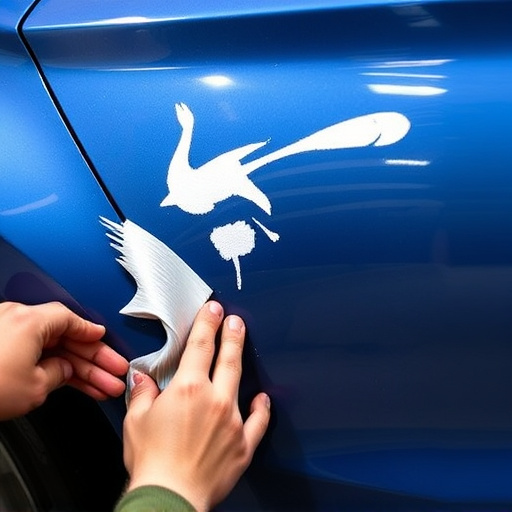
Mercedes, a pioneer in automotive innovation, has perfected its factory welding methods, integrating specialized equipment that sets them apart from their competitors. The brand’s commitment to precision and quality is evident in their state-of-the-art facilities where robots and advanced machinery work in harmony along the automated assembly line. These machines aren’t just tools; they are tailored innovations designed to handle the intricate nuances of each component, ensuring consistent excellence.
One key area where Mercedes shines is in minimizing paint damage during the welding process. Techniques like paintless dent repair, a method often employed by auto repair shops to fix fender benders, have been integrated into their manufacturing. This approach not only conserves the vehicle’s original finish but also showcases Mercedes’ dedication to detail and customer satisfaction, making them leaders in both automotive craftsmanship and technological advancement.
Mercedes’ commitment to excellence is evident in their factory welding methods, which strictly adhere to automated assembly line protocols. By employing precision techniques and specialized equipment, Mercedes ensures consistent quality across all their vehicles. These advanced welding practices not only streamline production but also contribute to the durability and reliability that have come to define Mercedes-Benz cars worldwide. Understanding these factory welding methods offers valuable insights into the brand’s ongoing dedication to innovation in automotive manufacturing.



